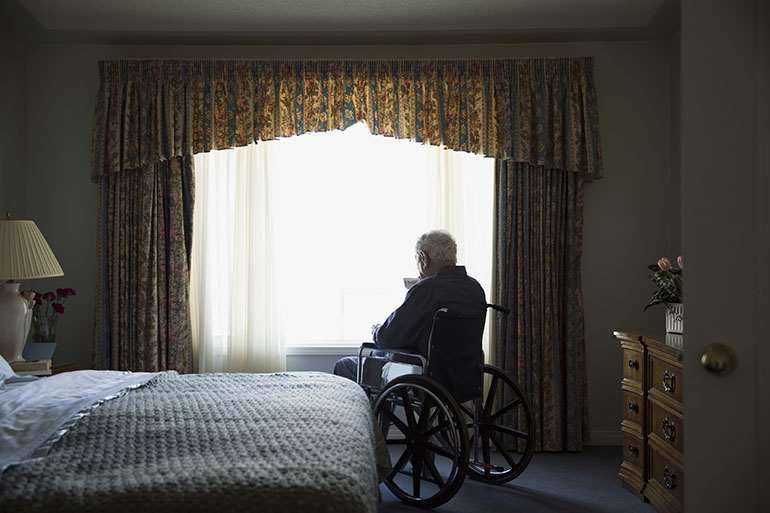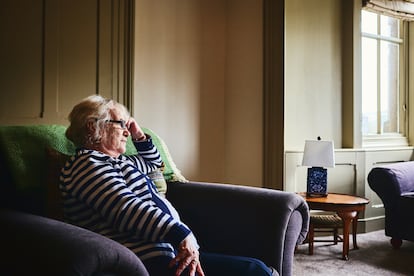As people age, maintaining balance and preventing falls become crucial aspects of ensuring safety and independence. Understanding elderly fall prevention basics can help families and caregivers create a safer environment for their loved ones. In this article, we will explore various strategies and tips to minimize the risk of falls among seniors.

Understanding the Importance of Fall Prevention
Falls are a leading cause of injury among the elderly, often resulting in serious health complications. According to a study published in the Age and Ageing Journal, fall-related injuries can lead to prolonged hospital stays and decreased mobility. Therefore, it is critical to prioritize fall prevention to maintain the quality of life for seniors.
Common Causes of Falls in Seniors
Understanding the reasons behind falls can aid in developing effective prevention strategies. Common causes include poor vision, muscle weakness, medication side effects, and environmental hazards. For a detailed exploration of these causes, you can visit common causes of falls.
The Role of Environment in Fall Prevention
Creating a safe living environment is vital in fall prevention. This includes removing tripping hazards, installing grab bars in bathrooms, and ensuring adequate lighting throughout the home. Simple changes can make a significant difference in reducing fall risks.
Physical Activity and Its Impact
Regular physical activity is essential for maintaining balance and strength. Exercises that focus on improving flexibility, strength, and balance can be particularly beneficial. Encouraging seniors to engage in activities such as walking, tai chi, or yoga can help enhance their stability and confidence.
Importance of Regular Health Check-Ups
Regular health check-ups are crucial for identifying potential fall risks. Eye examinations can detect vision problems, while medical reviews can assess the impact of medications on balance. Ensuring that seniors have access to comprehensive healthcare can significantly reduce the likelihood of falls.
Medication Management
Medications can affect balance and coordination, increasing the risk of falls. It is important to regularly review medications with a healthcare provider to identify any that may contribute to fall risks. Adjustments can be made to ensure the safety of the individual.
The Role of Nutrition
Proper nutrition plays a significant role in maintaining muscle strength and bone health. A diet rich in calcium and vitamin D can support bone density and reduce the likelihood of fractures in the event of a fall.
Technology and Fall Detection Devices
Advancements in technology have led to the development of fall detection devices that can alert caregivers in the event of a fall. These devices provide an added layer of security and can ensure timely assistance. To understand how these devices work, visit fall detection devices.
Community Support and Resources
Access to community resources and support groups can provide valuable assistance to caregivers and seniors. These resources offer information on fall prevention strategies and connect families with local services aimed at improving senior safety.
Planning for Emergencies
Having an emergency plan in place is essential for ensuring quick response times in the event of a fall. This includes having a list of emergency contacts, knowing the location of the nearest hospital, and ensuring that all family members are aware of the plan.
Home Modifications
Making modifications to the home can significantly reduce fall risks. This includes installing ramps, widening doorways, and using non-slip mats. Such changes can make the home more accessible and safer for seniors.
Psychological Impact of Falls
Falls can have a psychological impact on seniors, leading to fear and anxiety about future falls. Addressing these emotional aspects is important in restoring confidence and encouraging independence.
Conclusion
Understanding elderly fall prevention basics is crucial for protecting the health and well-being of seniors. By implementing these strategies, caregivers can create a safer environment and minimize the risk of falls. It is important to remain proactive and informed about the best practices in fall prevention.

FAQs
What are the main causes of falls in the elderly?
Poor vision, muscle weakness, medication side effects, and environmental hazards are common causes of falls among the elderly.
How can exercise help in preventing falls?
Exercise strengthens muscles, improves balance, and enhances flexibility, all of which contribute to reducing the risk of falls.
What role does nutrition play in fall prevention?
Proper nutrition supports bone health and muscle strength, reducing the likelihood of fractures and falls.
This article contains affiliate links. We may earn a commission at no extra cost to you.






